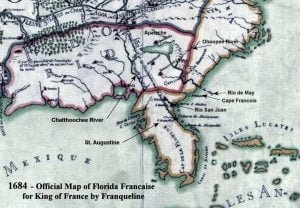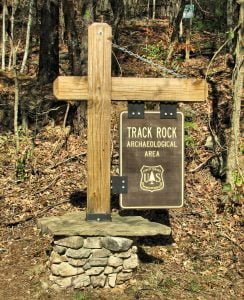Things Your History Teacher Didn’t Tell You
American history textbooks typically provide a cursory chapter on the period of the 16th century Spanish explorers of the Southeast and a few sentences to the attempts of French Huguenots to establish a colony in the region. They jump to the failed attempt to establish an English colony on Roanoke Island, North Carolina, then lavish attention on Jamestown, VA and Plymouth Plantation, Massachusetts. The texts then proceed to describe the founding of the various colonies which became the original United States. Very little, if anything, is said about the French and English explorers who ventured into the interior of the Southeast between 1568 and 1700. University level Colonial History courses might go into more detail on these intrepid people, but the general public in the United States never learns about them. Author Richard Thornton shares some interesting facts your history teacher didn’t tell you about early colonial America.


